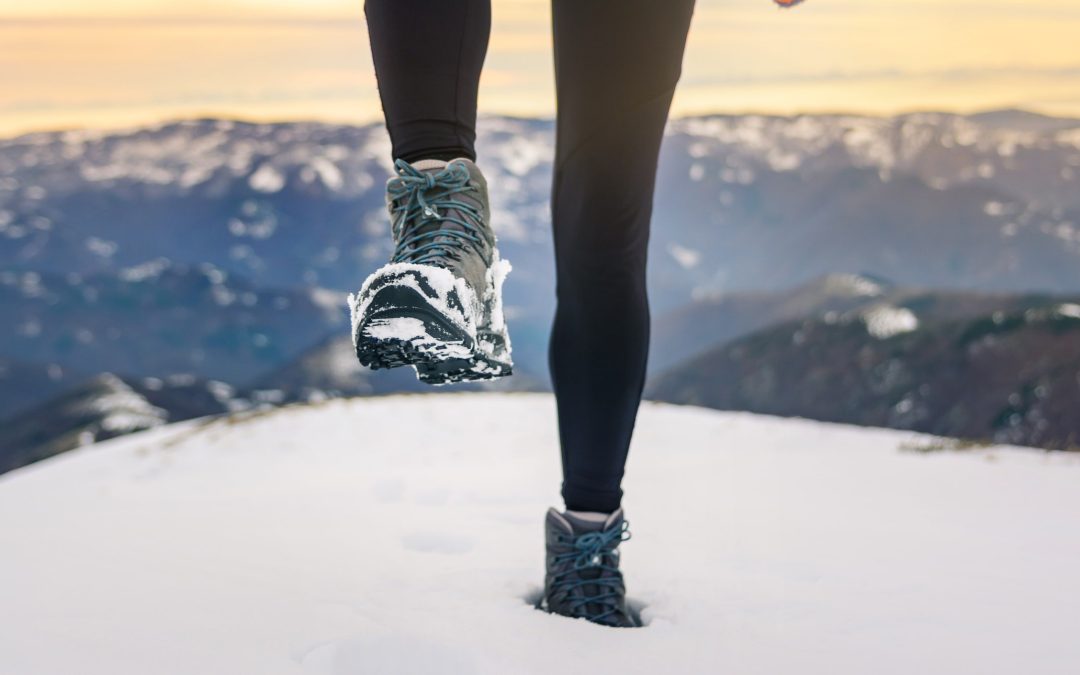For those willing to brave the cold, winter hiking can be a glorious experience. Snow settles on the landscape, covering everything in a glistening white and dampening sounds to create a rarely-heard silence—pretty picture, right? But it comes with some complications: namely, cold and icy conditions. With the right winter hiking boots (and some high-quality clothing), you can enjoy the outdoors in comfort and warmth, even when there’s a pile of snow on your front porch.
Not only will the best winter hiking boots keep you warm in frigid temperatures, they’ll also provide good traction on snow and ice, and wick away water when the snow melts. That’s a lot of functionality to pack into one pair of shoes, so here are some key features to look for when you’re shopping.
Insulation
Nothing can ruin a hike or outdoor adventure faster than your toes turning to ice. So, if you’re hiking in cold weather, you’ll want to prioritize insulation. In sub-freezing temperatures, actual snow boots are the best option. “They are very insulating and much warmer than hiking boots,” explains Jennie Flaming of Ordinary Adventures, “They’re also a good option for people whose feet get cold easily.”
If you are hiking in moderate temperatures, you may want to find a winter-specific hiking boot. These will have ample insulation, though not as much as snow boots, and they’ll serve you well in the early spring and late fall too.
Outsole
The outsole of your winter hiking boot should provide superior traction on ice and snow. Vibram soles are some of the best on the market for minimizing slipping and prioritizing grip, according to Richard Teter, MD, an NYC-based sports medicine podiatrist. “[Vibram was] one of the first companies to manufacture a mountaineering sole,” he says, which speaks volumes about their stickiness in snowy terrain. Many brands, like Danner, use Vibram outsoles, while other brands, like Salomon, have created their own varieties of grippy rubber.
But an outsole is more than its grip: You should look for winter hiking boots that are compatible with snowshoes and traction devices like microspikes and crampons. Even the best outsoles aren’t slip-proof on pure ice, so it’s best to pair them with a traction device when the trails are slick. And when a fresh snow falls, you’ll need snowshoes to walk on top of the soft, fluffy crystal. Look for a boot with a stiff outsole that can provide enough structure to attach to either accessory.
Waterproofing
“Waterproof boots are important for winter hiking conditions as there may be snow or water on the ground that could potentially affect the feet,” explains Bruce Pinker, DPM, founder of Progressive Foot Care. “If the feet are wet for extended periods of time, conditions such as toenail fungus, athlete’s foot fungus, and plantar warts may develop.” And in cold weather, wet feet could become dangerous, as they could rapidly lose heat, leading to frostnip or frostbite.

